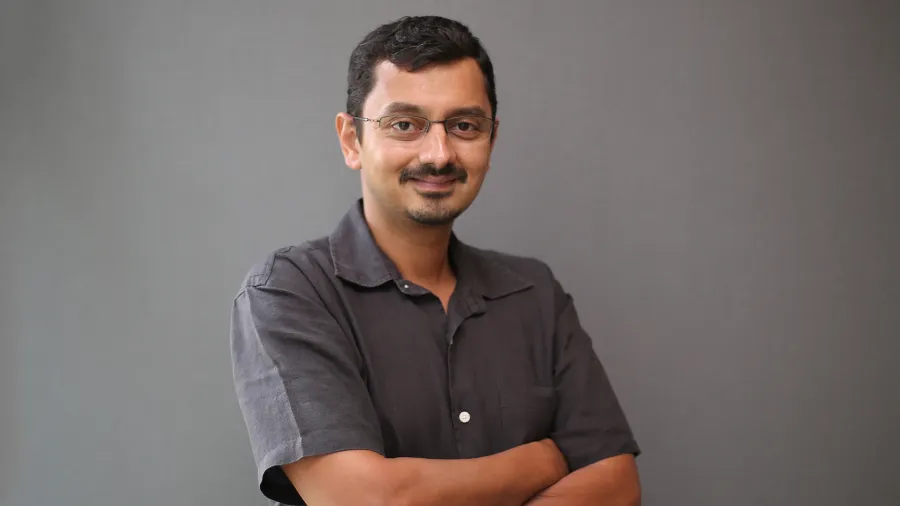
Opportunity knocks with ‘premiumisation’ of Southeast Asia’s middle class
Unilever leads the way in catering to the region’s 250-million strong middle class and their stronger purchasing power.
Southeast Asia’s emerging middle class has grown to about 250 million, giving personal care brands opportunities to capture this consumer group as they “premiumise” their lifestyle. Unilever, however, raised that Southeast Asia’s growing middle class needs to be “disaggregated” as each market is distinct.
Southeast Asia’s Premiumisation
Kartik Chandrasekhar, Unilever’s head of Oral and Skin Care Category for Developing Markets, described Southeast Asia as a “powerful” consumer segment as nearly half of its 500 billion population is seeing more purchasing power.
“The emerging middle class has the consumer habit to premiumise, to buy products that give them more and better benefits,” Chandrasekhar told Retail Asia.
He cited how many consumers have started ditching bar soaps and replaced them with body wash or switched to charcoal toothpaste from the regular formulation. This is particularly observed in Indonesia, where more than half of its big population are already using body wash instead of soap.
Along with this, Chandrasekhar observed that shoppers in the region are increasingly looking for an “omni-experience” as well as more value due to persisting inflationary pressures.
“Consumers across these markets don’t just want to go into a supermarket, a pop-up store or a bar room in Indonesia and buy a product. They would like to know about the product from their friends, or from influencers online,” he said.
“Of course, they will be made aware of products through television ads, or YouTube ads, but surely they want an omnichannel experience of what a product can offer different touch points of their lives,” he added.
Unilever’s personal care line attempts to deliver this by adding telehealth consultation features in their product packaging. Pepsodent toothpaste and Lifebuoy bath soap, for instance, include a QR code in the box that buyers may access to get free telehealth consultations with a dentist or doctor.
Chandrasekhar noted this is also one way of giving Southeast Asia’s “smart shoppers” value.
Purpose Marketing
To reach this consumer segment, Unilever grounds its marketing strategy on the brand’s purpose.
“We want to ensure that brands have a purpose and that the purpose comes alive in every touchpoint in the market, and in the consumers’ lives so that both the brand and the consumer have a better outcome,” said Chandrasekhar. “When the consumer is able to see the purpose of the brand… then the consumer says I want to buy more of this brand.”
He noted that the positive performance resulting from purpose marketing allows Unilever to invest more and incorporate services to the benefit of consumers. Ultimately, this creates the golden cycle of purpose marketing as consumers avail more of a product to buy into its benefits.
Apart from being purposeful, he noted that brands need to be particular in their strategy to reach Southeast Asia’s “very distinctive” markets as he emphasised that Indonesia is different from Vietnam, Thailand, the Philippines, and the other way around.
In fact, Unilever offers different taste profiles of Pepsodent toothpaste for shoppers in Indonesia and in Vietnam.
“The positioning and the purpose of the brand [in Vietnam] is very similar to the Pepsodent Indonesia brand, but we ensure that we have customised the marketing mix and the way we communicate to those markets,” he said.
“Disaggregating to win is extremely important,” he stressed.
The rest of Southeast Asia
Unilever not only employs these strategies to capture the growing middle class market in the region, Chandrasekhar said, as the company is also striving to reach consumers in rural areas, who may have limited access to health care.
He said the reality is that large parts of Southeast Asia struggle with accessibility to services, particularly the rural population, comprising approximately half of the region’s total population.
“We need to help people get access to services and to products that they wouldn’t easily get,” Chandrasekhar said. “I think it is really important that brands, and manufacturers work hand- in-hand with governments to help rural Southeast Asia also progress to urban levels and accelerate that progress.”
Through the health consultations it offers on the packaging, Unilever attempts to provide health care access to rural Southeast Asia. He added that the company also offers bars of soap at a lower price to rural consumers.
Unilever continues to implement these strategies and through partnerships with Indonesia’s Halodoc and Indonesian Dental Association, to name a few, it seeks to scale up its programmes.



















 Advertise
Advertise






